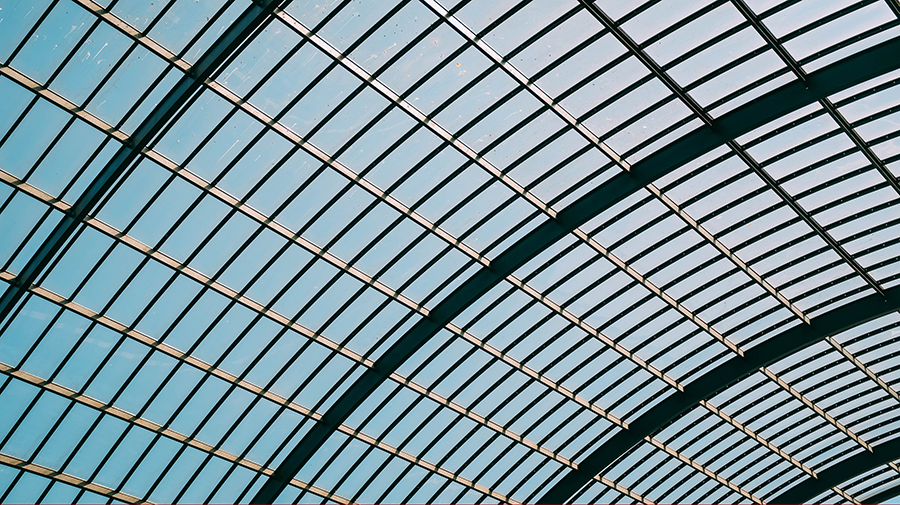
Karen Van Creveld is a researcher and lighting designer with her own practice. In 2019, Karen was awarded the prestigious Jean Heap Bursary from the Society of Light and Lighting for a research project that she is undertaking at The Bartlett, UCL.
Collecting original data with LYS, the project will analyse how much light we receive in different kinds of offices and architectural spaces.
What’s the inspiration behind your research? What are you hoping to achieve?
My overall research interest is in the impact of light on our non-visual functioning. So that’s how light affects our circadian system, our emotions, our alertness.
In the past, designers have instinctively known that light influences us, over and above our visual system. But it’s only recently that scientific research is beginning to decipher the exact physiological brain mechanisms that lie behind some of these processes.
Coming from a background in lighting design, I ultimately want my research to help implement this fascinating new science in the real world. I’m interested in how we can take this new knowledge and actually use it in our built environments to improve people’s wellbeing.
Can you tell us a bit more about the study itself?
The objective of the study is to define a scale of daylight exposure potentials afforded by different architectural forms. In other words, I want to understand exactly how much daylight we experience inside our typical urban working environments, especially given the increasing amount of time that we spend indoors. I think it’s imperative we address this gap in our knowledge about light to really understand its impact on our wellbeing.
Using wearable light sensors (LYS Buttons), the study will record participants’ daylight exposure within a range of different working environments – from spaces with fully glazed roof structures through to other the extreme of spaces with no access to daylight at all. The study will measure the intensity, spectral composition, duration and timing of daylight as experienced by the occupant of these different spaces.
“Now that the scientific community is trying to understand how light affects us beyond vision, we need new tools and new data.”
Why is LYS useful for you as a researcher?
The value of LYS is that we can measure what real people do in real environments.
Whilst lab work is necessary and important, it can be difficult to translate the results into real life.
Traditional devices for measuring light are vital in that they’re precisely calibrated and widely understood. But we can’t walk around holding these instruments following participants. They can only capture a snapshot of someone’s light exposure in one particular space.
With LYS we can potentially measure and analyse someone’s light intake over their entire sleep-wake cycle.
Up until recently, we’ve only thought of light in terms of vision. All our measuring units and design benchmarks have been developed to measure this aspect. We know exactly how much light we need to comfortably read a printed page, for example.
But now that the scientific community is trying to understand how light affects us beyond vision, we need new tools and new data. That’s the real benefit and opportunity of using LYS in our research.
How did you first become interested in how light affects our wellbeing?
I think some lighting designers approach their work from an engineering perspective, complying with lighting codes and recommended standards that provide a solid framework for meeting our functional visual needs; and others look beyond this by asking, ‘how do we design our environments to make us feel better?’ I’ve always leaned towards this approach.
Like many others, I have always been aware that light impacts how we feel in a space. Of course, these ideas have been around for a long time in lighting design. But now, with the new evidence emerging about how light might impact our alertness, mood and behaviour, we can look forward to one day being able to support our design decisions with real, evidence-based data.
As a designer, I take inspiration from nature. The light filtering through trees, the soft changes in light over the day. It’s this variability that adds interest to architecture but also connects us with the natural world – a condition associated with optimal wellbeing. Currently, we often exclude this variability in so many of our built environments. Some of us question the wisdom of this approach and the suitability of wholly artificial, static environments for people’s wellbeing.
In the future, people will be much more aware of how essential good lighting is for health.
Where do you think more research is needed? What do you think the buildings of the future will look like?
I think more research is needed across the board into the impact of our environment on our health and wellbeing; there’s still so much we don’t know. But there’s an urgent and specific need for more field research.
In the future, I think people will be much more aware of how essential good lighting is. We should all have, in all our environments, access to daylight and outdoor spaces. In regulatory terms, I hope it will become a legal requirement.
When I look around cities and the architecture of the past, I see unused outdoor spaces and missed opportunities. Of course, we can’t rebuild our cities. But with creative thinking, we can rethink the way we use daylight to support our wellbeing.